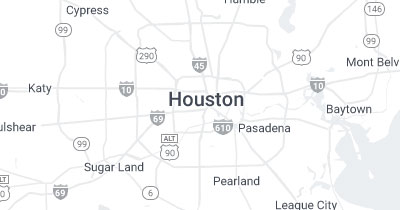How to Treat Your Child’s Mild Scoliosis
- Updated on: 2019-02-06
- Read original article here

When your child is first diagnosed with adolescent idiopathic scoliosis, it’s common to have feelings of worry and confusion. Fortunately, most parents are encouraged to learn that modern treatments are much better than they were a couple decades ago, and long-term outcomes for children with scoliosis tend to be excellent.
More good news: the vast majority of children with scoliosis (abnormal sideways curvature of the spine) have such a mild case that it does not need active treatment. Although, deciding what to do for a mild scoliosis curve (measuring less than 25 degrees) can still be tricky. Much of this decision-making process comes down to the size of the scoliosis curve, how much growth the child might have left, and estimating the odds of whether the scoliosis curve will become bigger.
For adolescent idiopathic scoliosis patients, the most common method for estimating skeletal maturity is the Risser sign. This sign is typically found by viewing the same x-ray used for measuring size of the spine’s abnormal sideways curve (Cobb angle), except now the iliac crest (upper edge of the hip bone) is examined. The Risser sign can range from Stage 0 to 5, depending on how much bone has formed on the iliac crest.
Risser stage 4 or 5 indicates that little or no skeletal growth remains. But a lower Risser stage may indicate significant skeletal growth remains, and the scoliosis curve is still at risk for becoming worse.
For children who are estimated to have significant growth remaining but still relatively mild scoliosis curves, the treatment choices are between the following two:
These treatment guidelines can vary depending on different clinics and medical opinions. For example, if an adolescent’s curve has progressed from 14 to 20 degrees, some doctors might start bracing whereas others might continue to observe.
Successfully treating an adolescent’s mild scoliosis with a brace is easier said than done. Most commonly, a hard brace is prescribed to be worn full time, which is considered 16 or more hours per day. Wearing a brace is admittedly inconvenient and can feel uncomfortable, especially in the beginning. It can complicate which clothes can be worn and, if the brace is noticed under clothes or while changing in the locker room, other kids are likely to ask questions or tease. For all of these reasons, many adolescents either refuse to wear a brace or simply do not wear it as often as recommended.
See When a Teen with Scoliosis Won’t Wear a Back Brace
Parents can play a big role to help their children wear the brace as directed. Listen to your child’s concerns, and work with the doctor to develop a realistic strategy for wearing the brace on a daily basis. For example, see if the brace can be removed for certain activities that are important to your child, such as dance class or a sports team. Also, some children may be candidates for a nighttime brace that only needs to be worn while sleeping.
For children who are prescribed a brace for idiopathic scoliosis, it is typically worn until there is estimated to be no significant amount of skeletal growth left.





